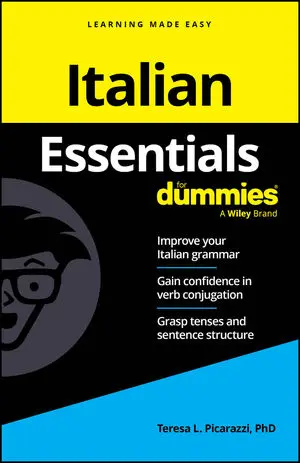You translate Italian compound tenses according to the tense of the helping verb.
Form the present perfect tense in Italian
To form the present perfect tense in Italian, conjugate essere or avere in the present indicative tense and add a past participle. Notice that when you use essere, the ending of the past participle changes to show number and gender (singular, plural, masculine, feminine) of the subject.Essere (present tense) + past participle = present perfect
-
Tu sei + venuto = You came (venuto is masculine and singular)
-
Loro sono + venuti = They came (venuti is masculine and plural)
-
Avere (present tense) + past participle = present perfect
-
Riccardo ha + trovato = Riccardo found, has found
Form the pluperfect tense in Italian
To form the pluperfect tense in Italian, conjugate essere or avere in the imperfect indicative tense and add a past participle.-
Essere (imperfect) + past participle = pluperfect
-
Laura era + arrivata = Laura had arrived
-
Avere (imperfect) + past participle = pluperfect
-
Voi avevate + mangiato = You all ate
Form the future past tense in Italian
To form what is called the future past tense in Italian: Conjugate essere or avere in the future indicative tense and add a past participle.-
Essere (future) + past participle = future past
-
Noi saremo + partiti = We will have left
-
Avere (future) + past participle = future past
-
Gli studenti avranno + letto = The students will have read
Form the conditional past tense in Italian
To form the conditional past tense in Italian: Conjugate essere or avere in the conditional mood and add a past participle.-
Essere (conditional) + past particple = conditional past
-
Io sarei + andato = I would have gone
-
Avere (conditional) + past participle = conditional past
-
Io avrei + cercato = I would have looked for






